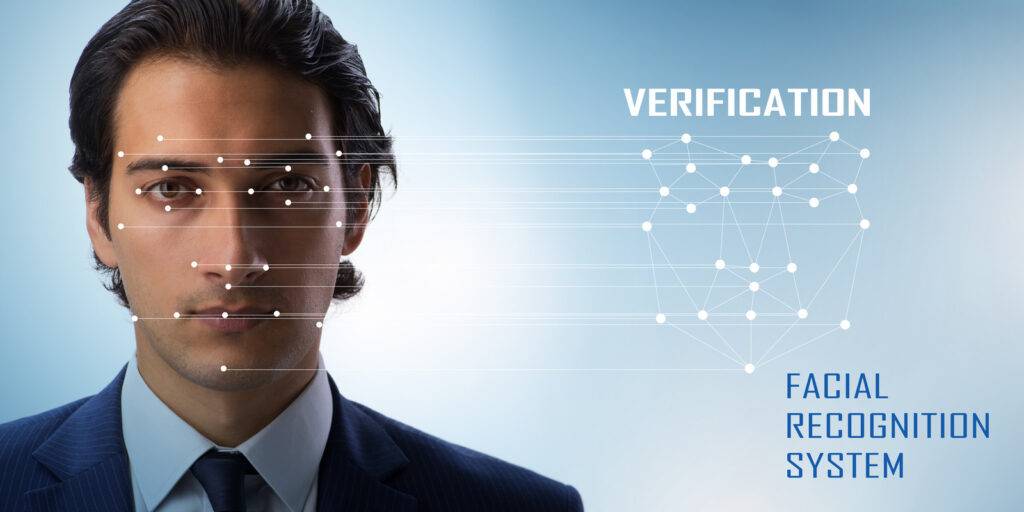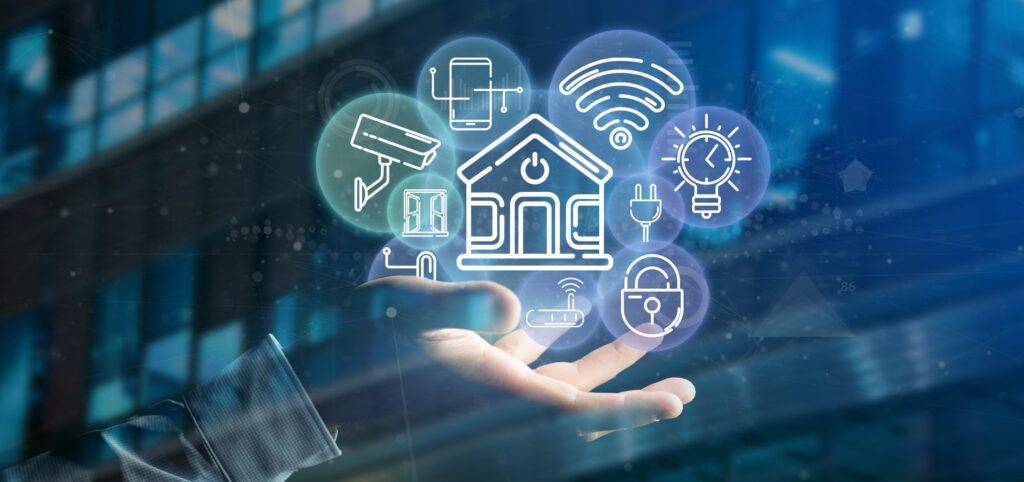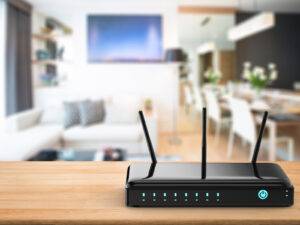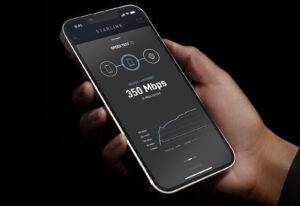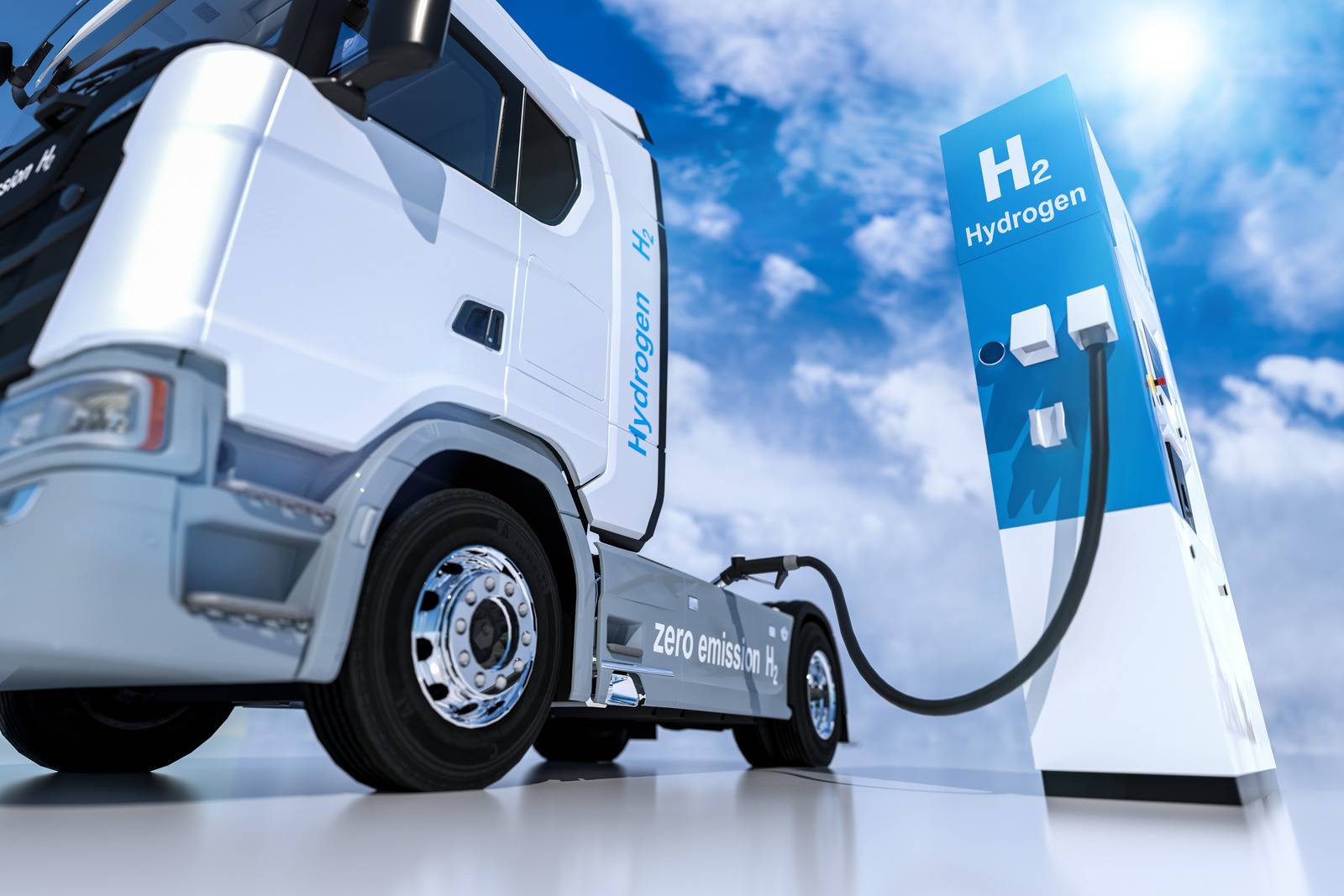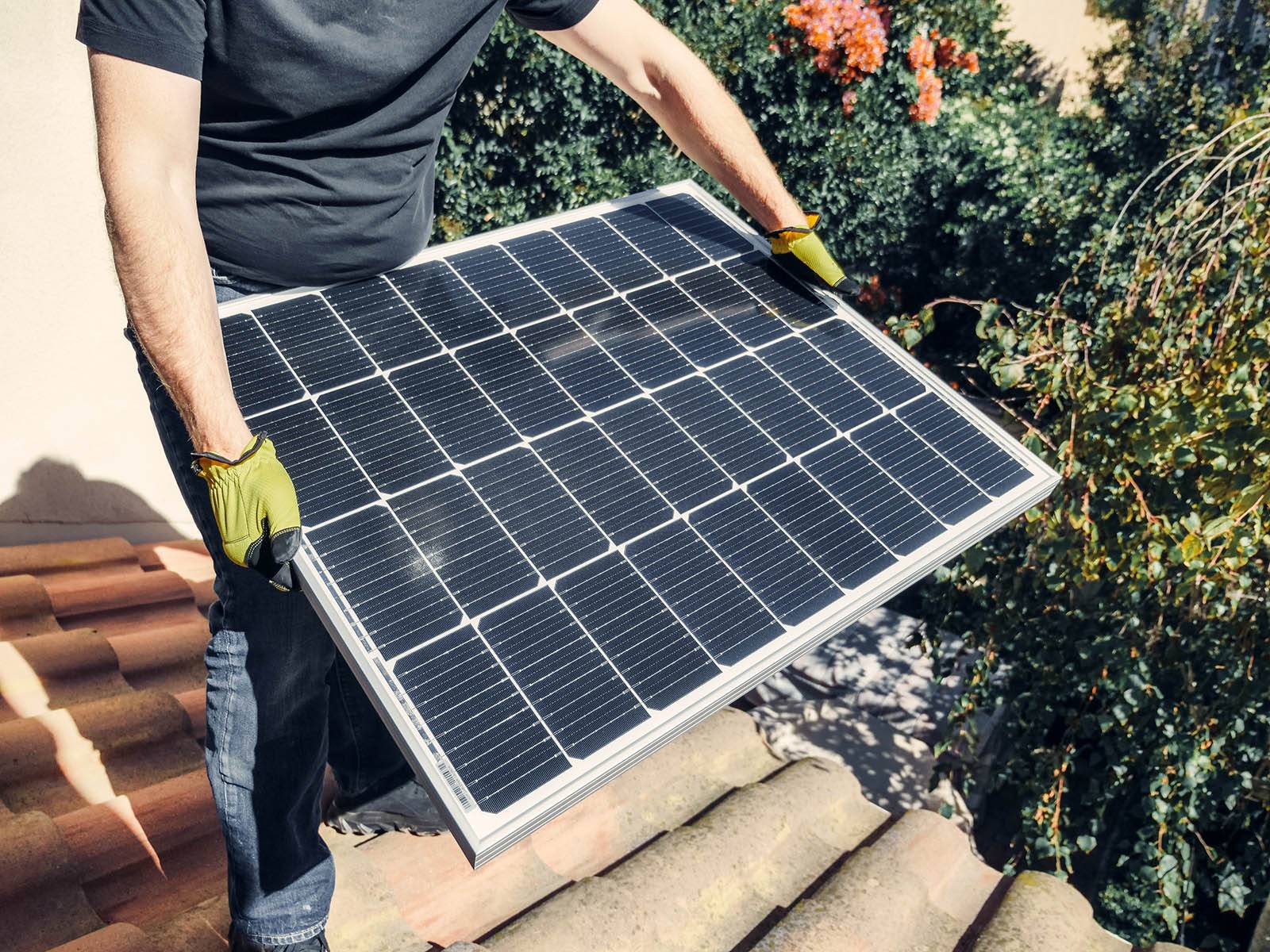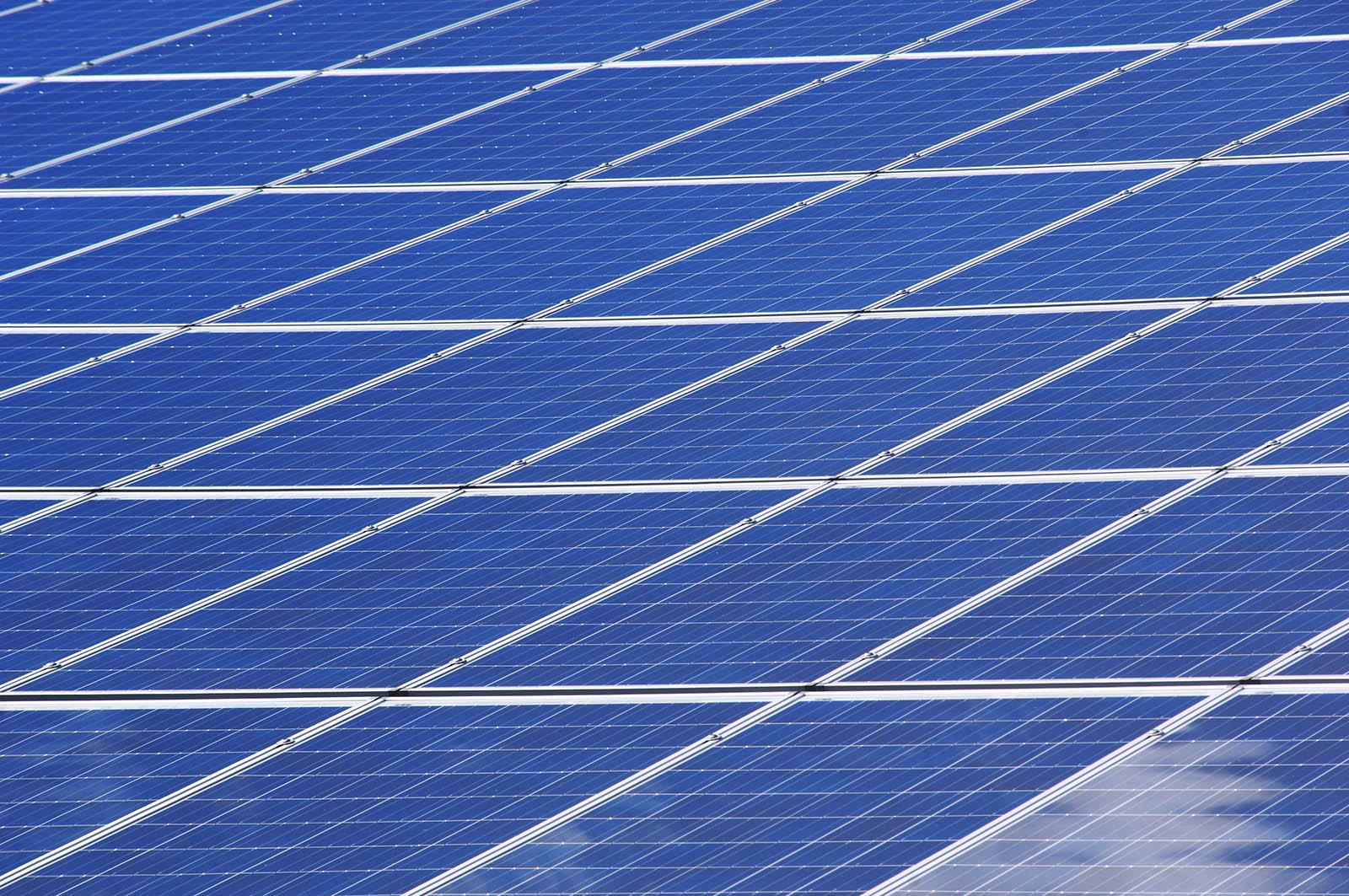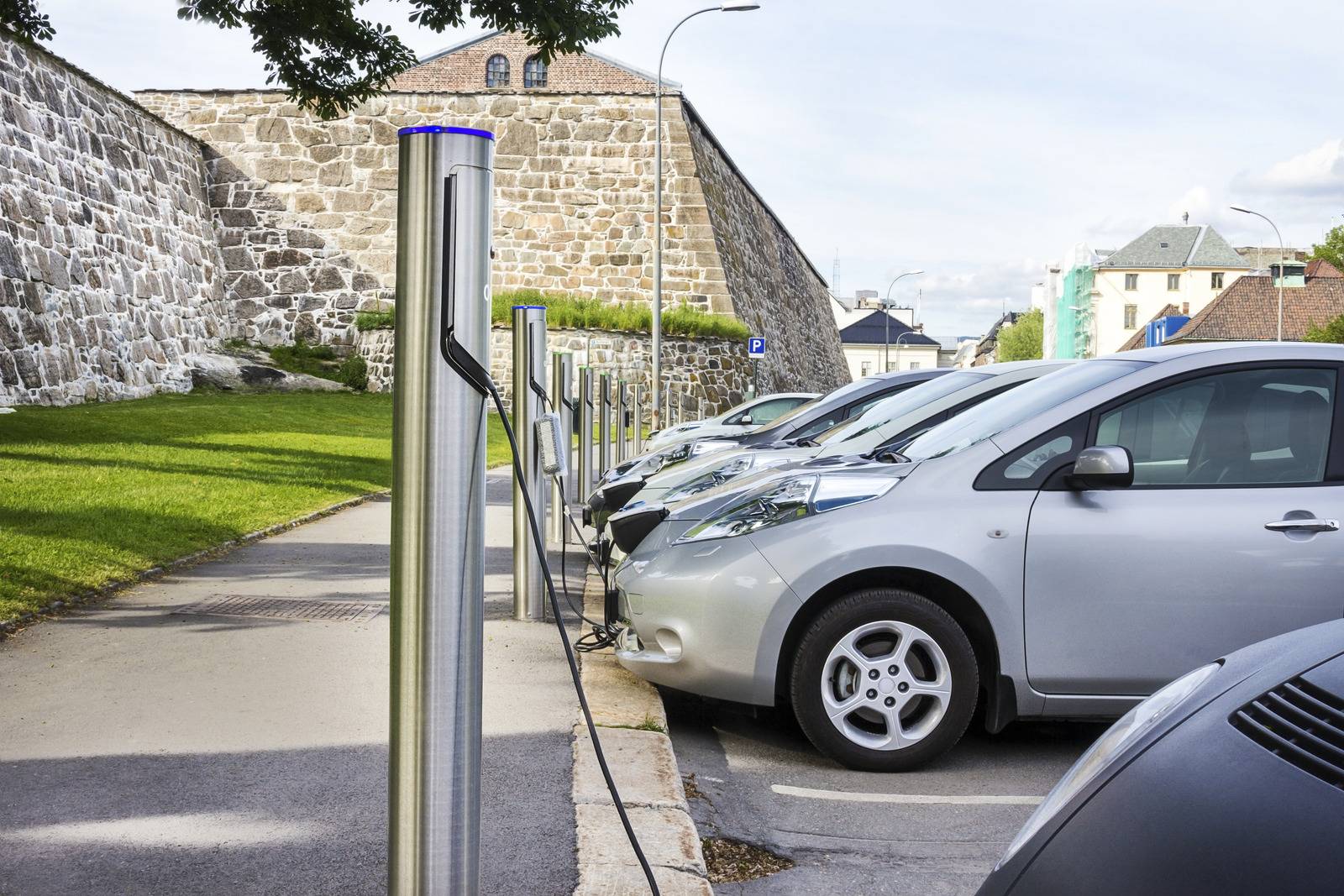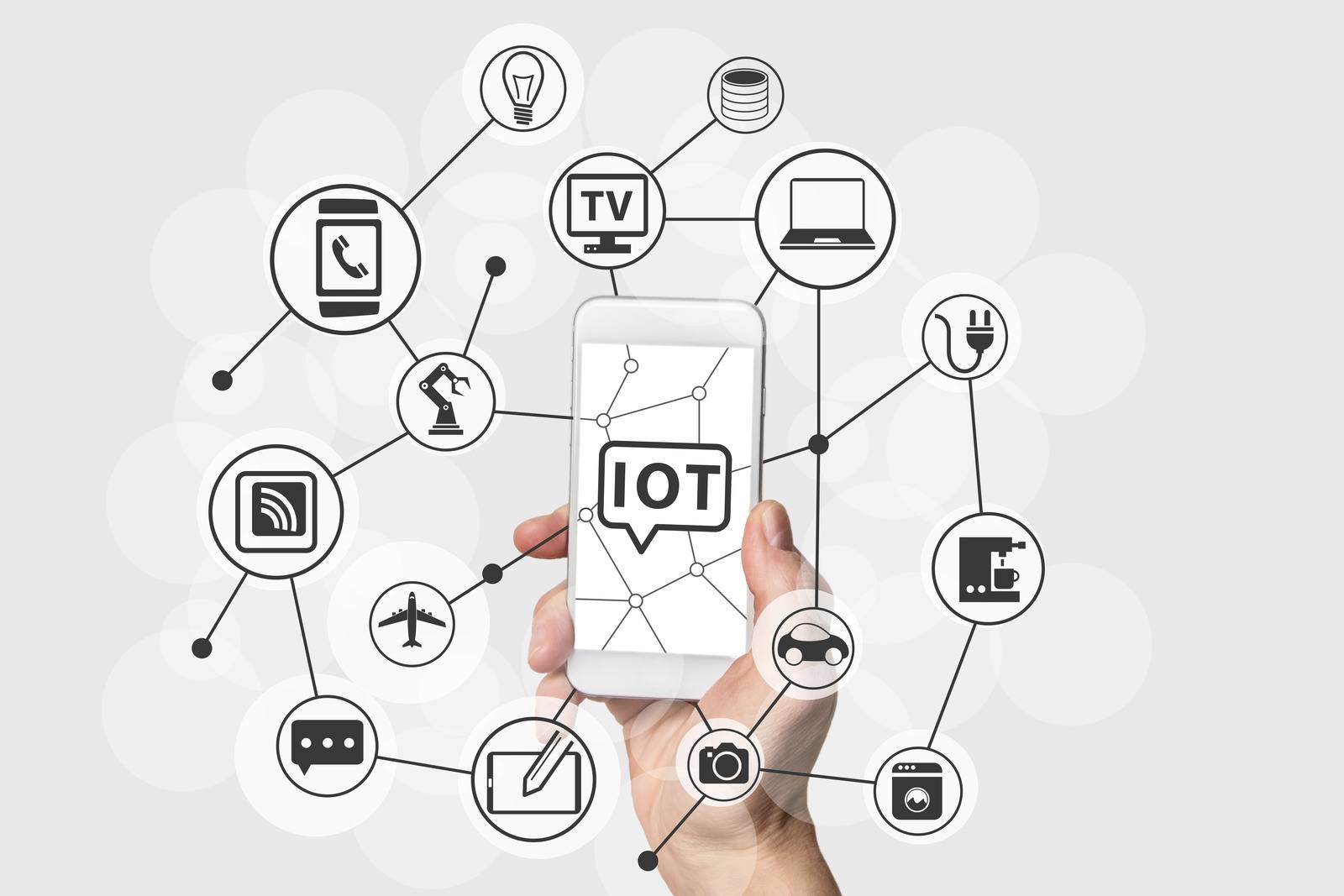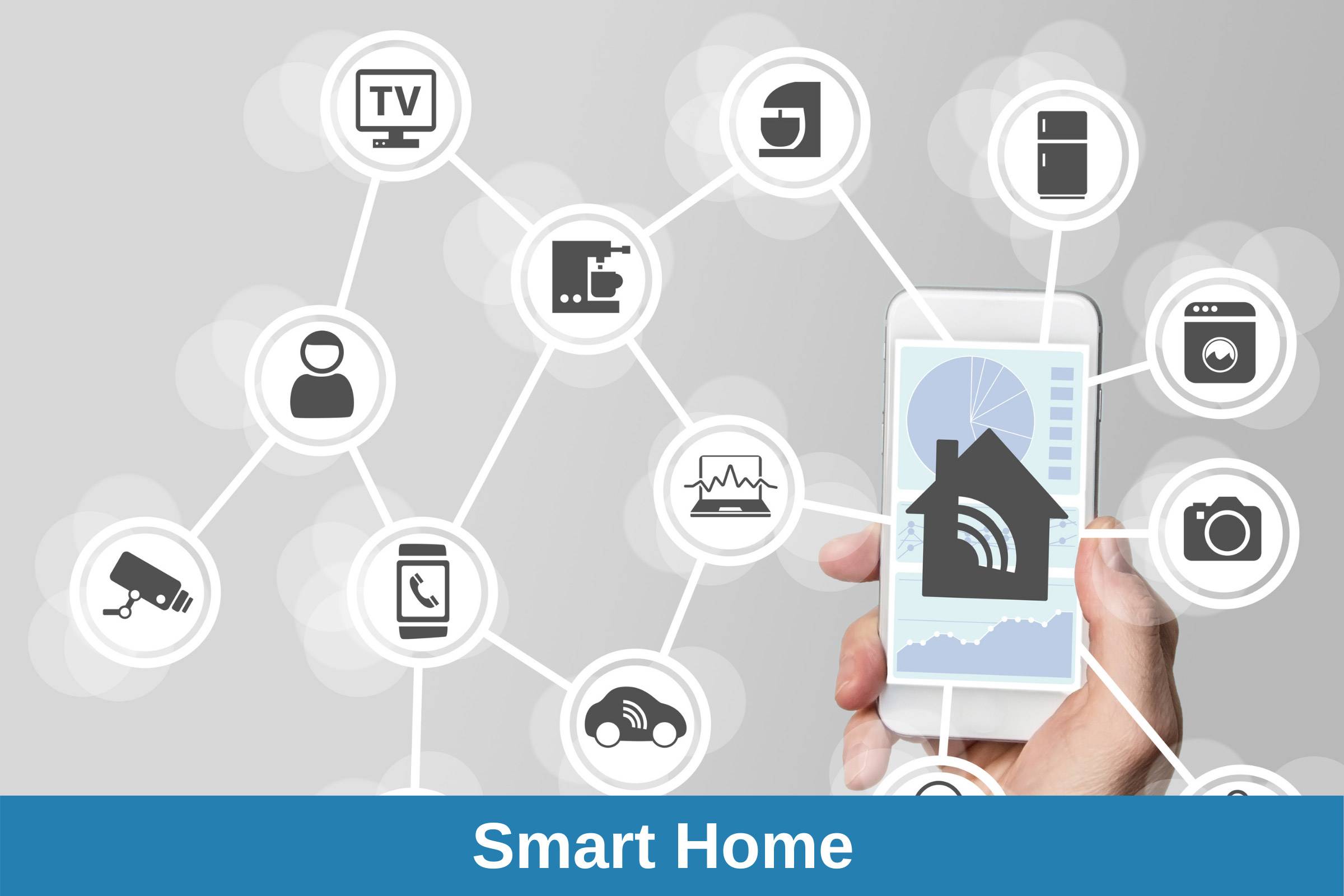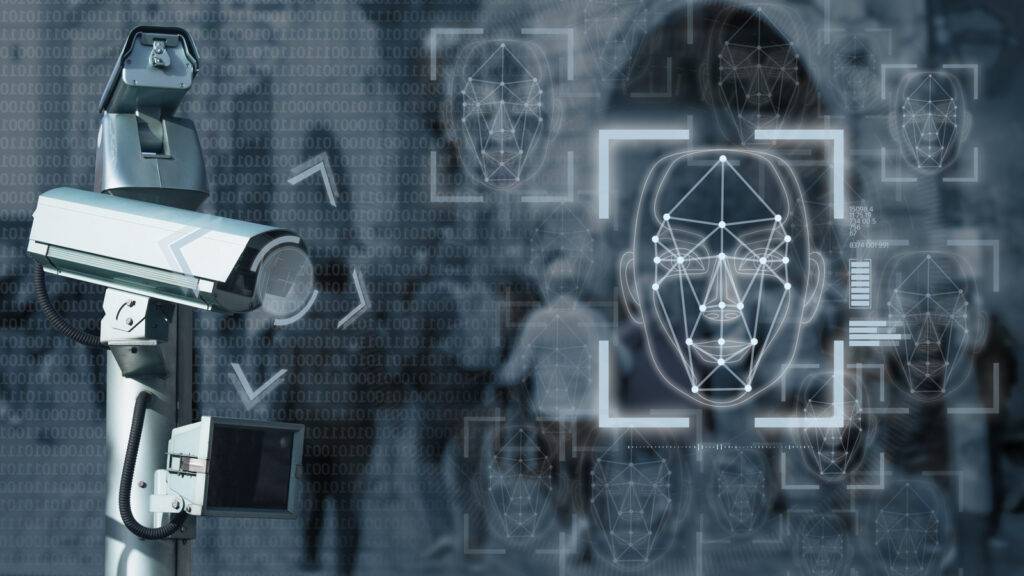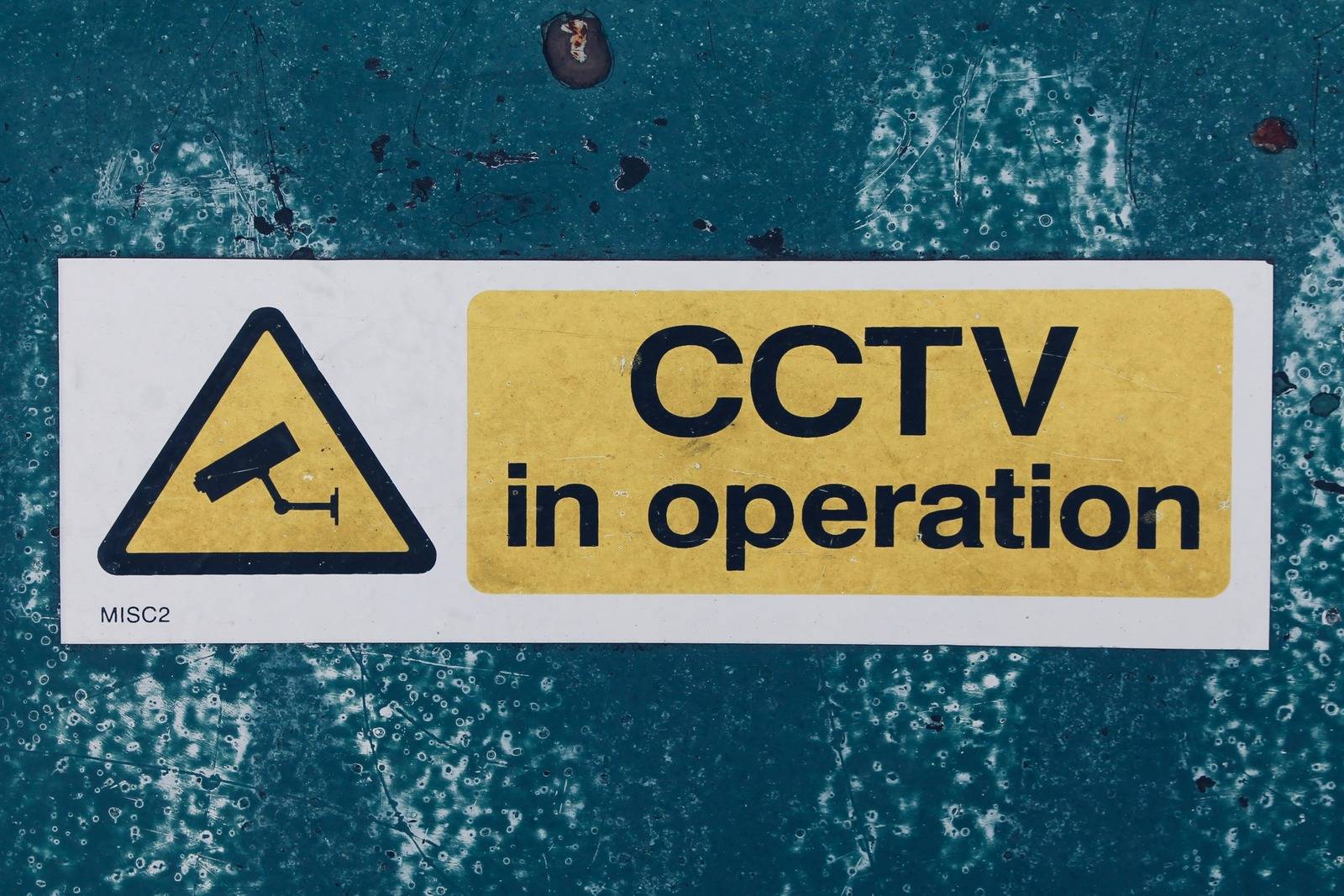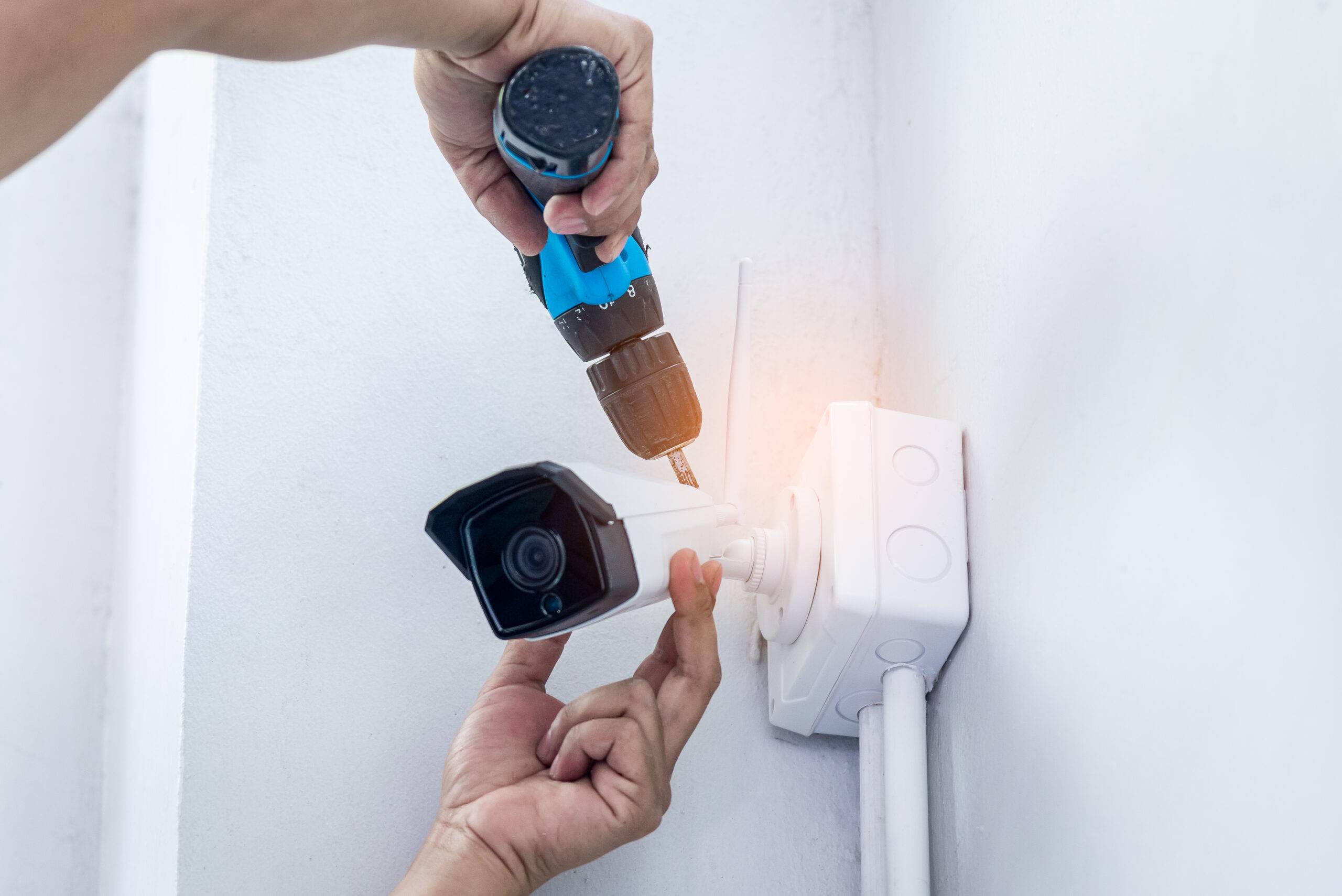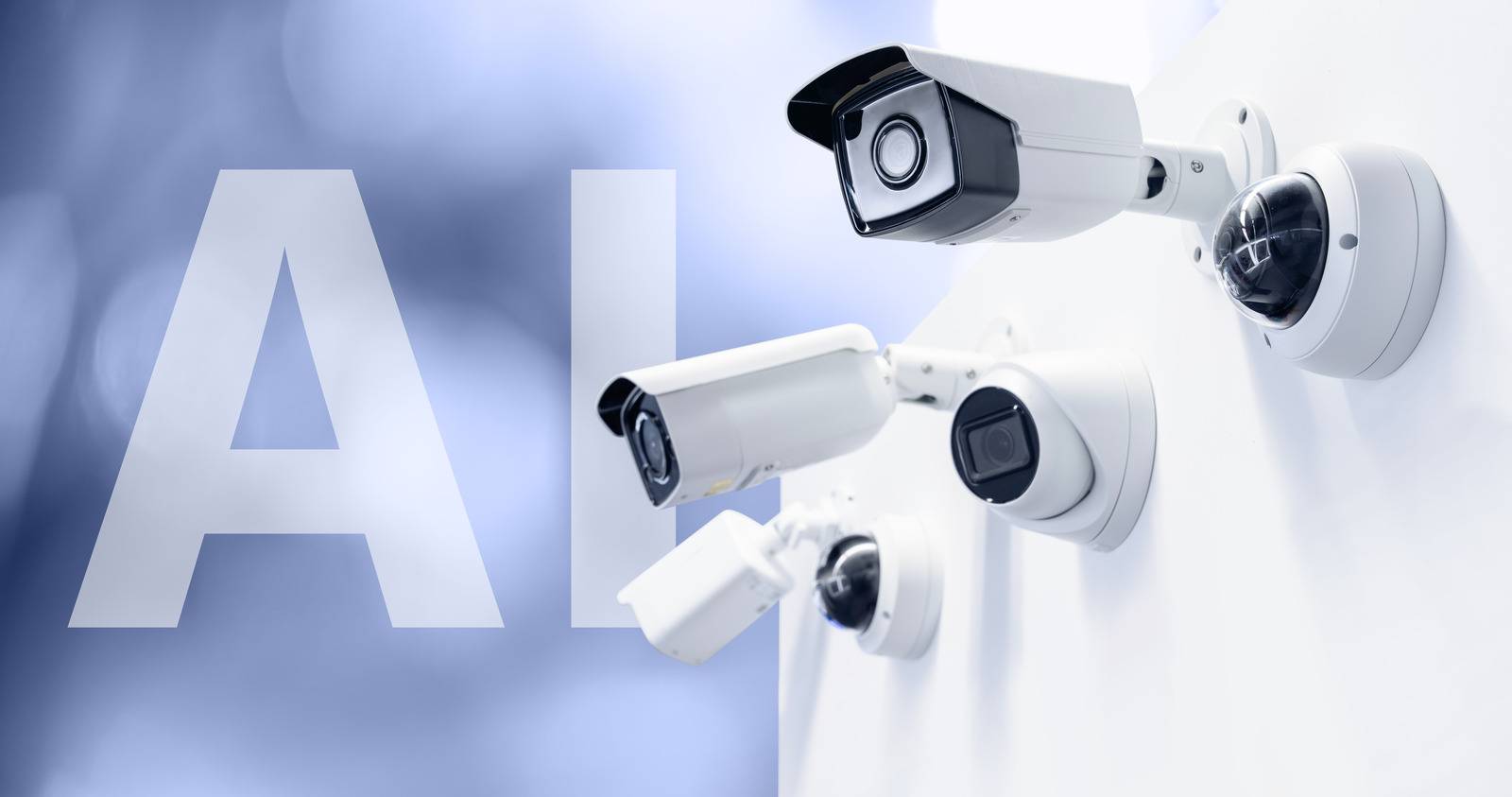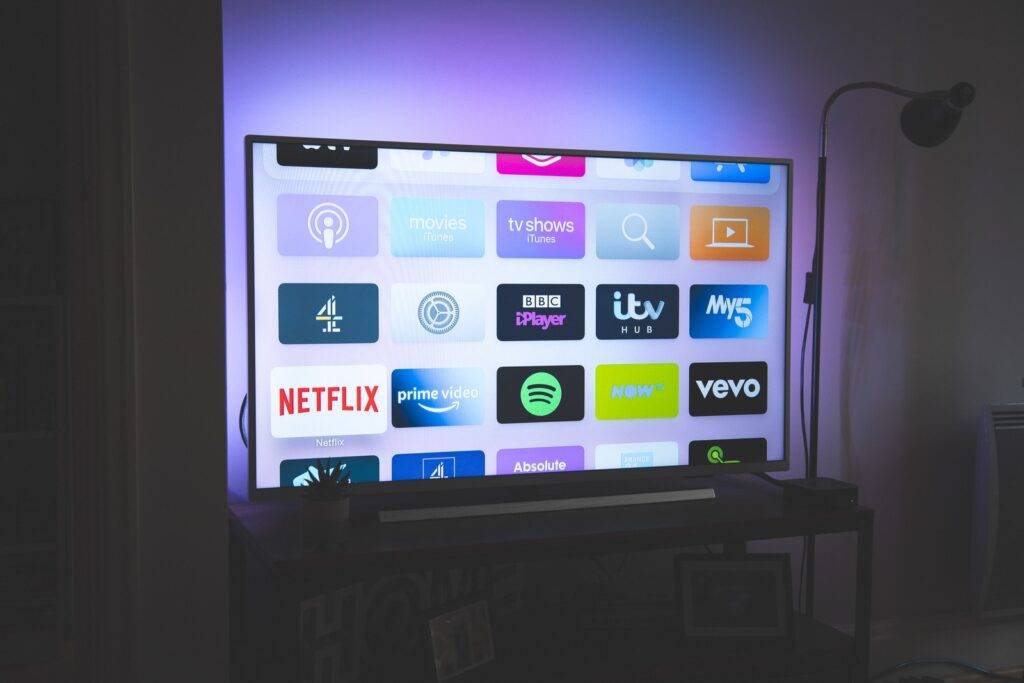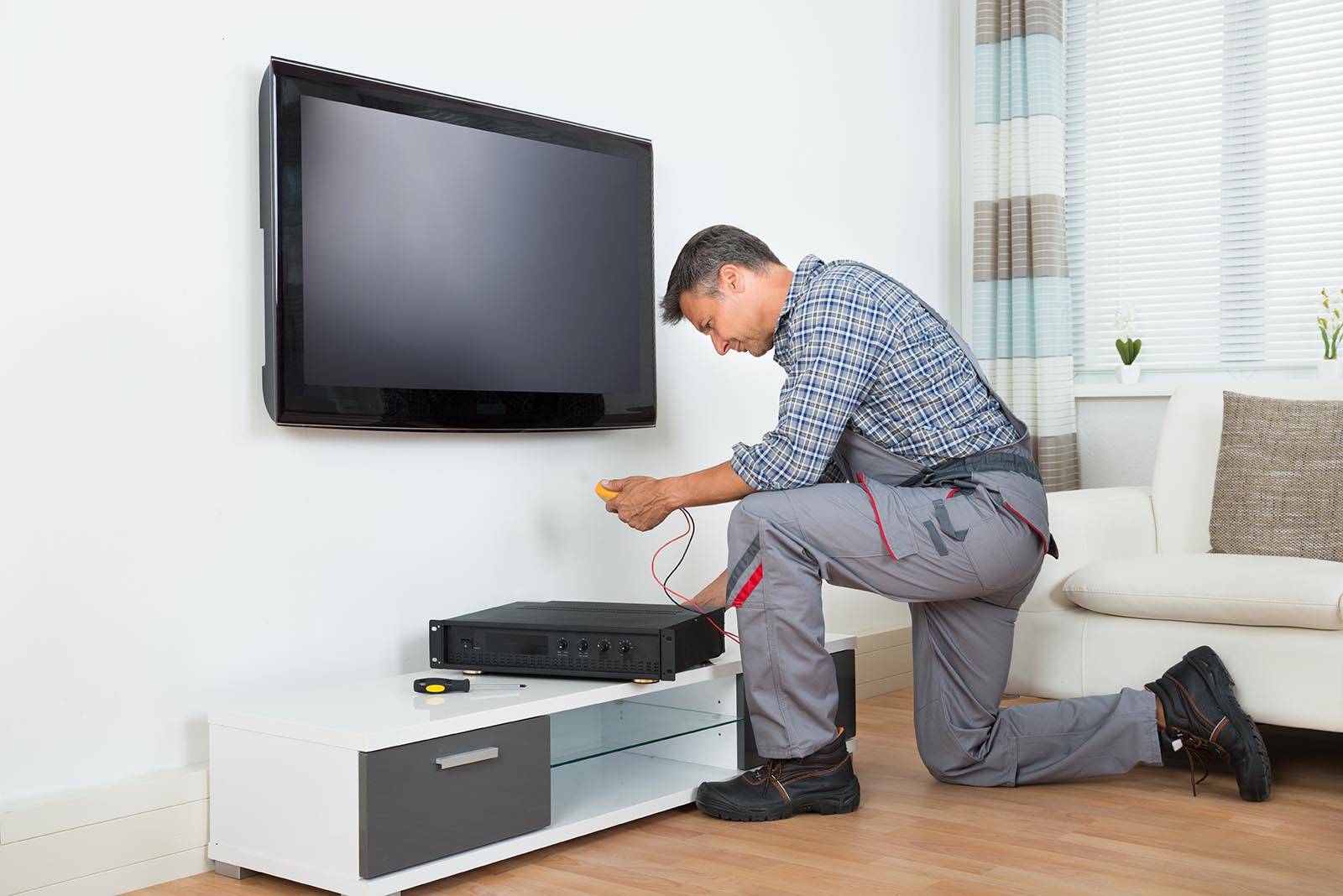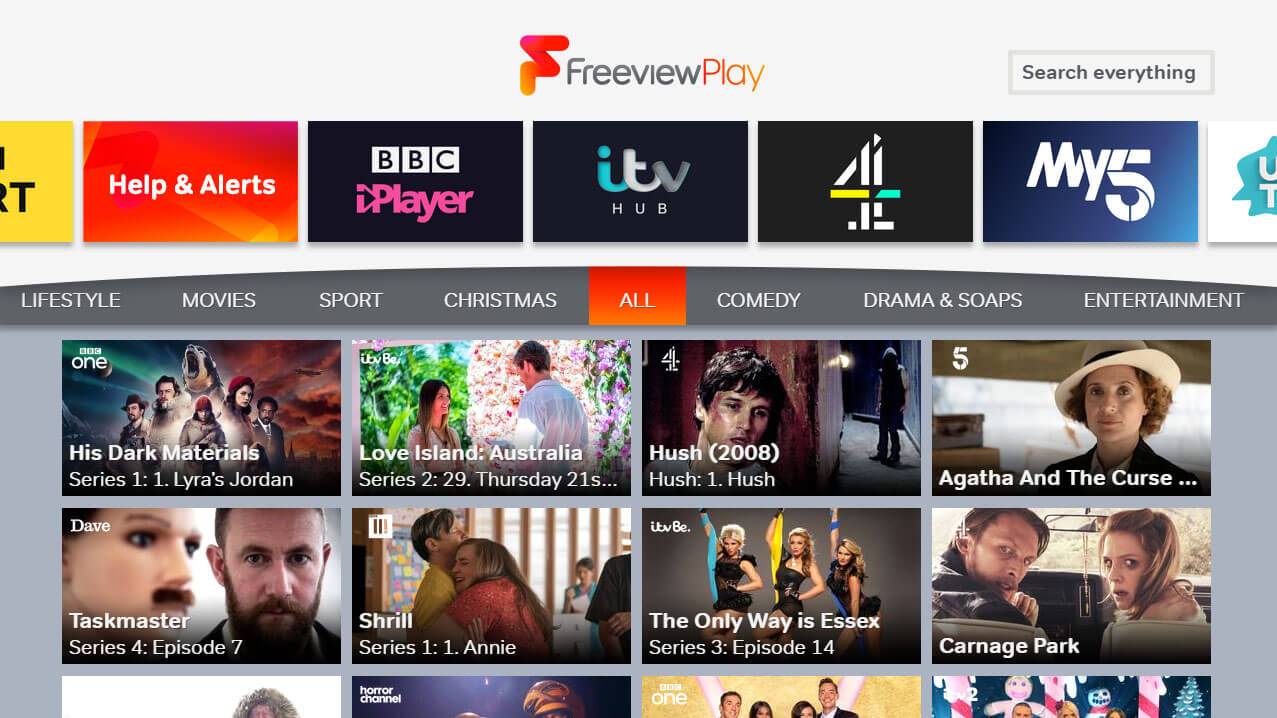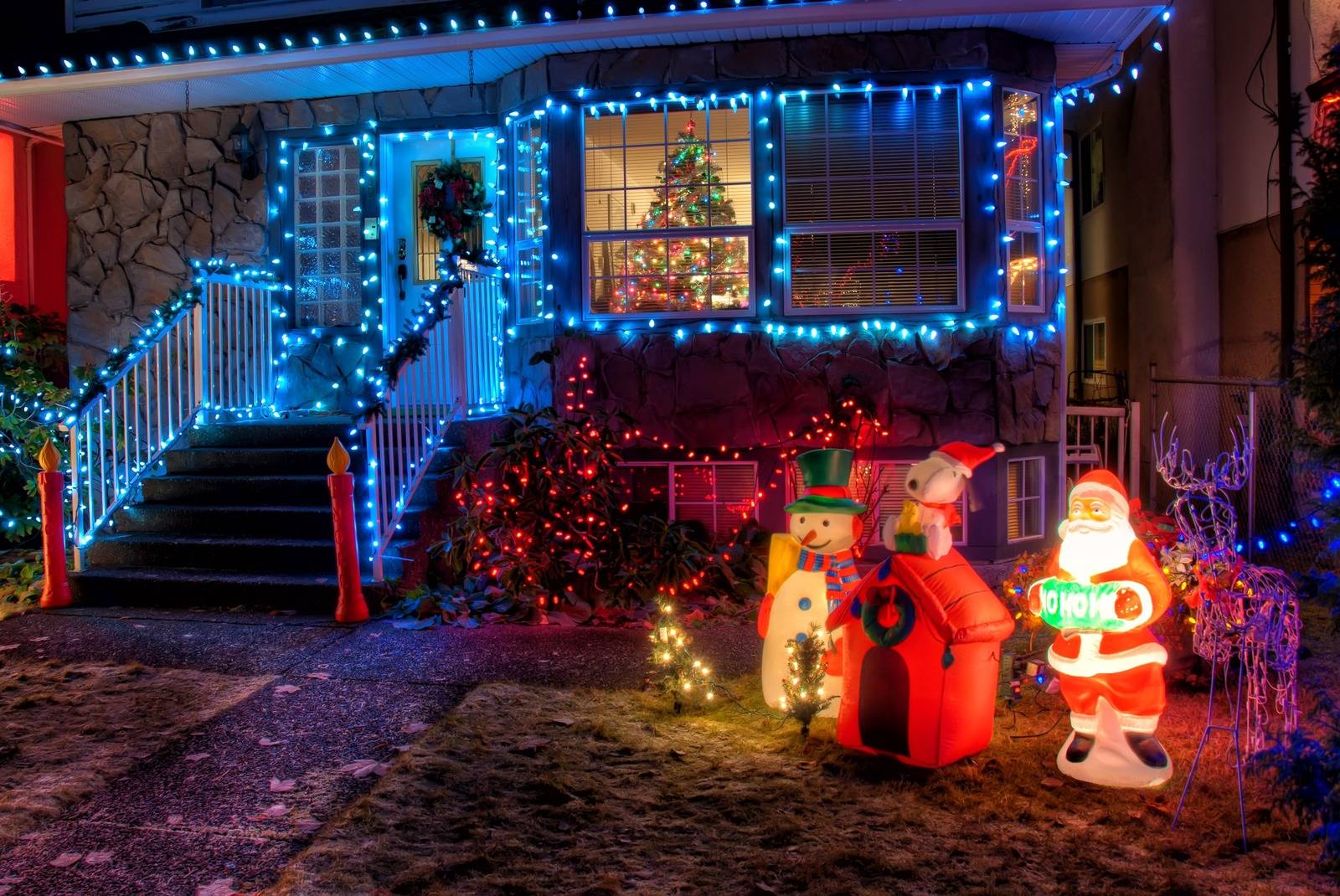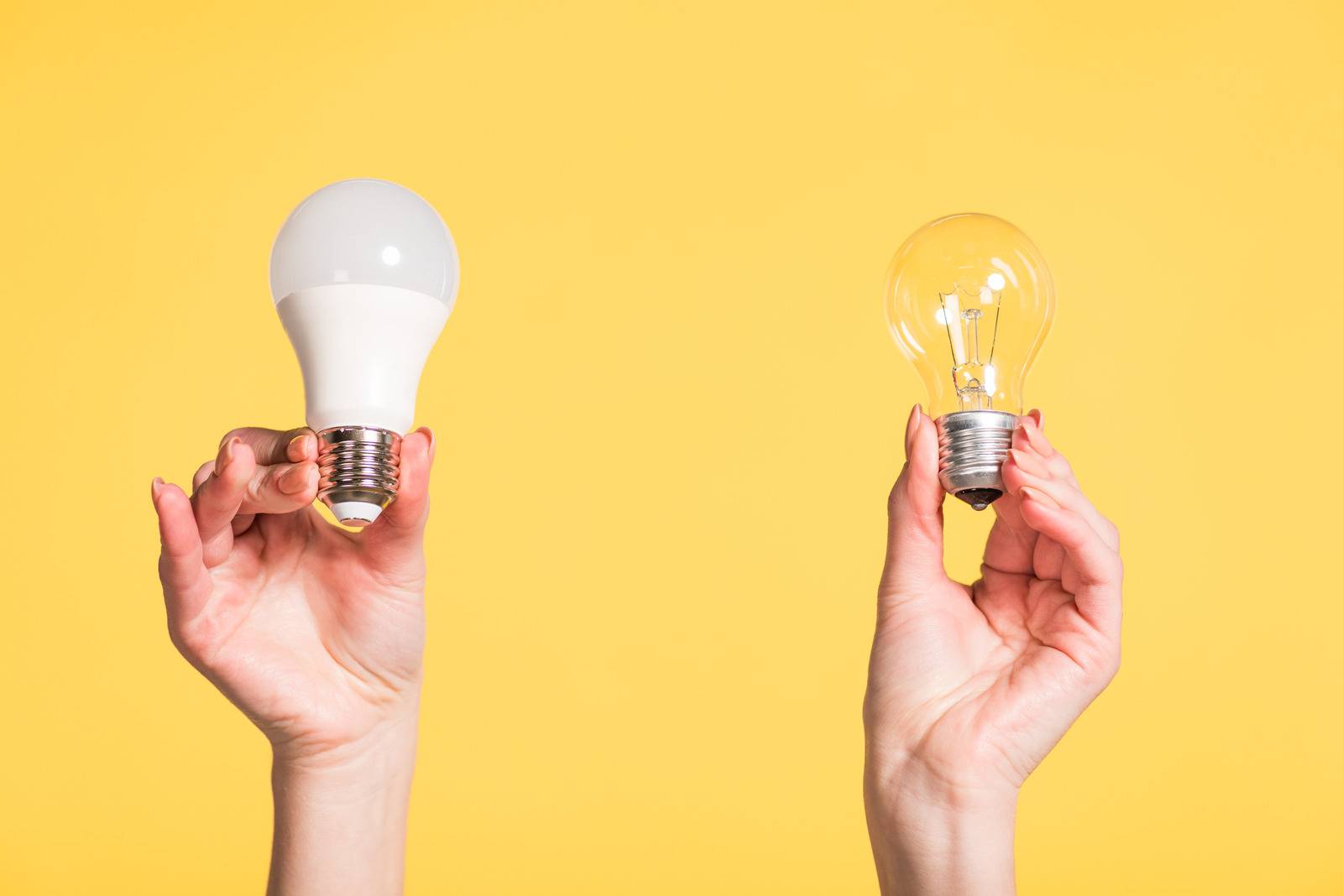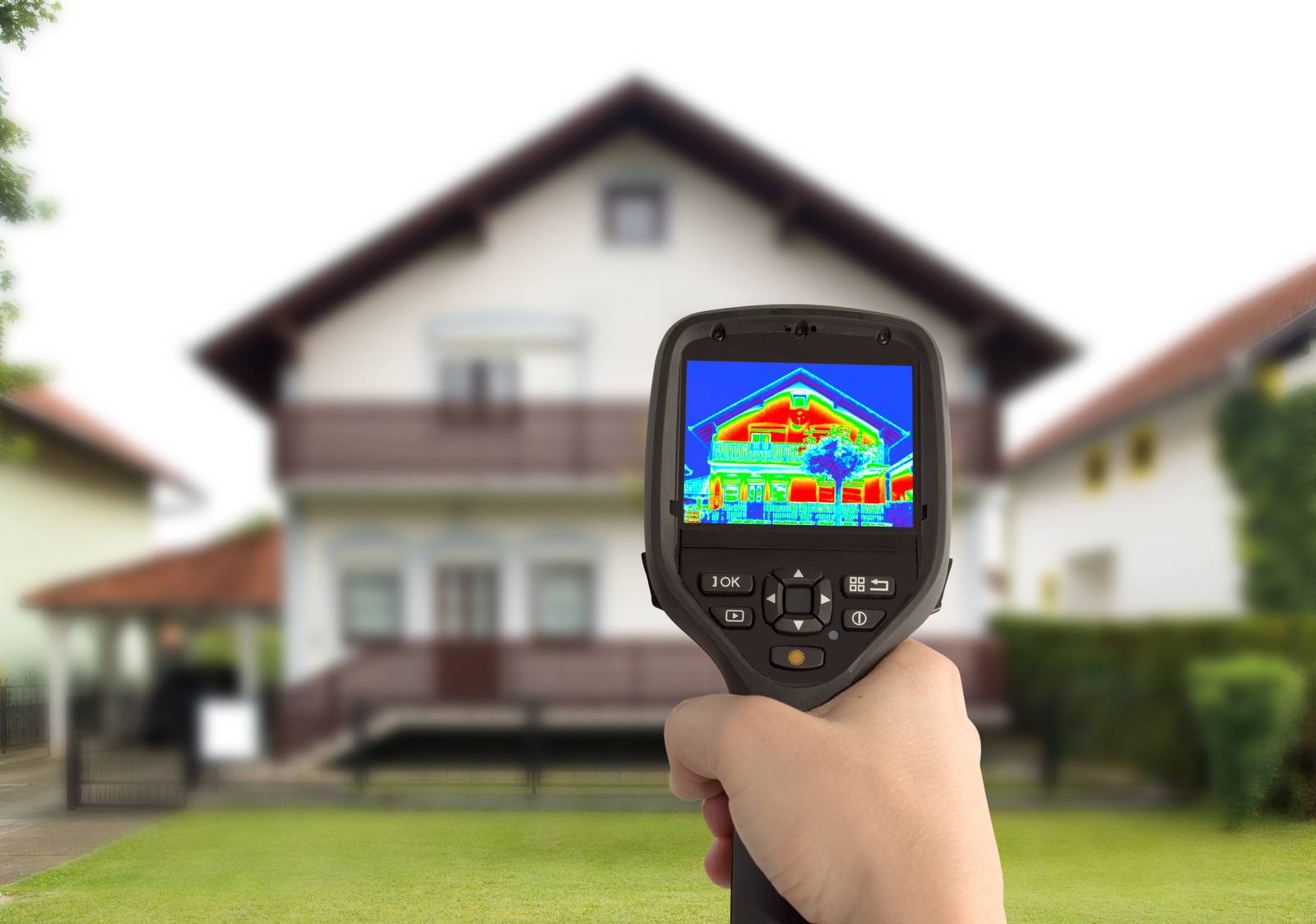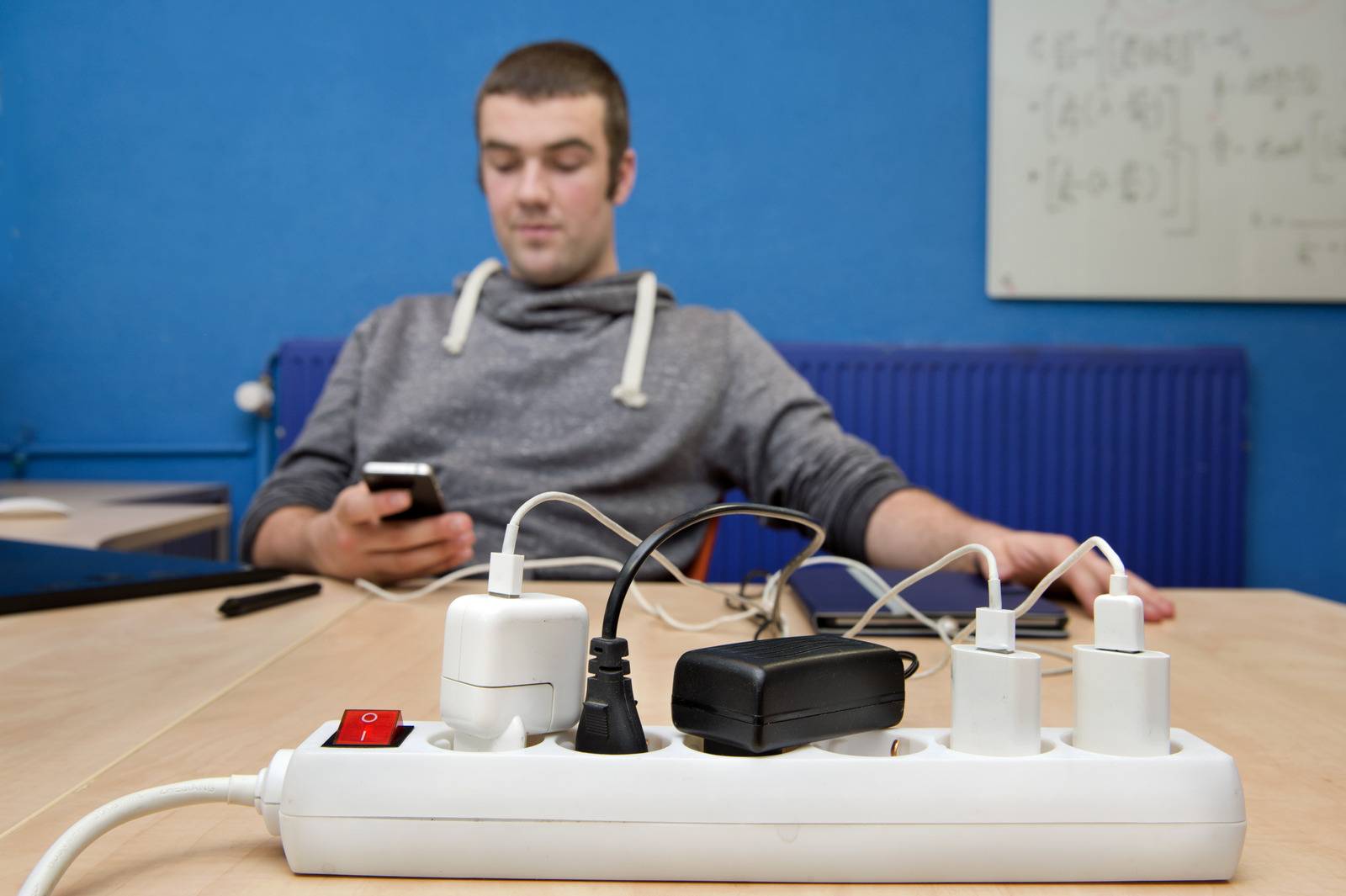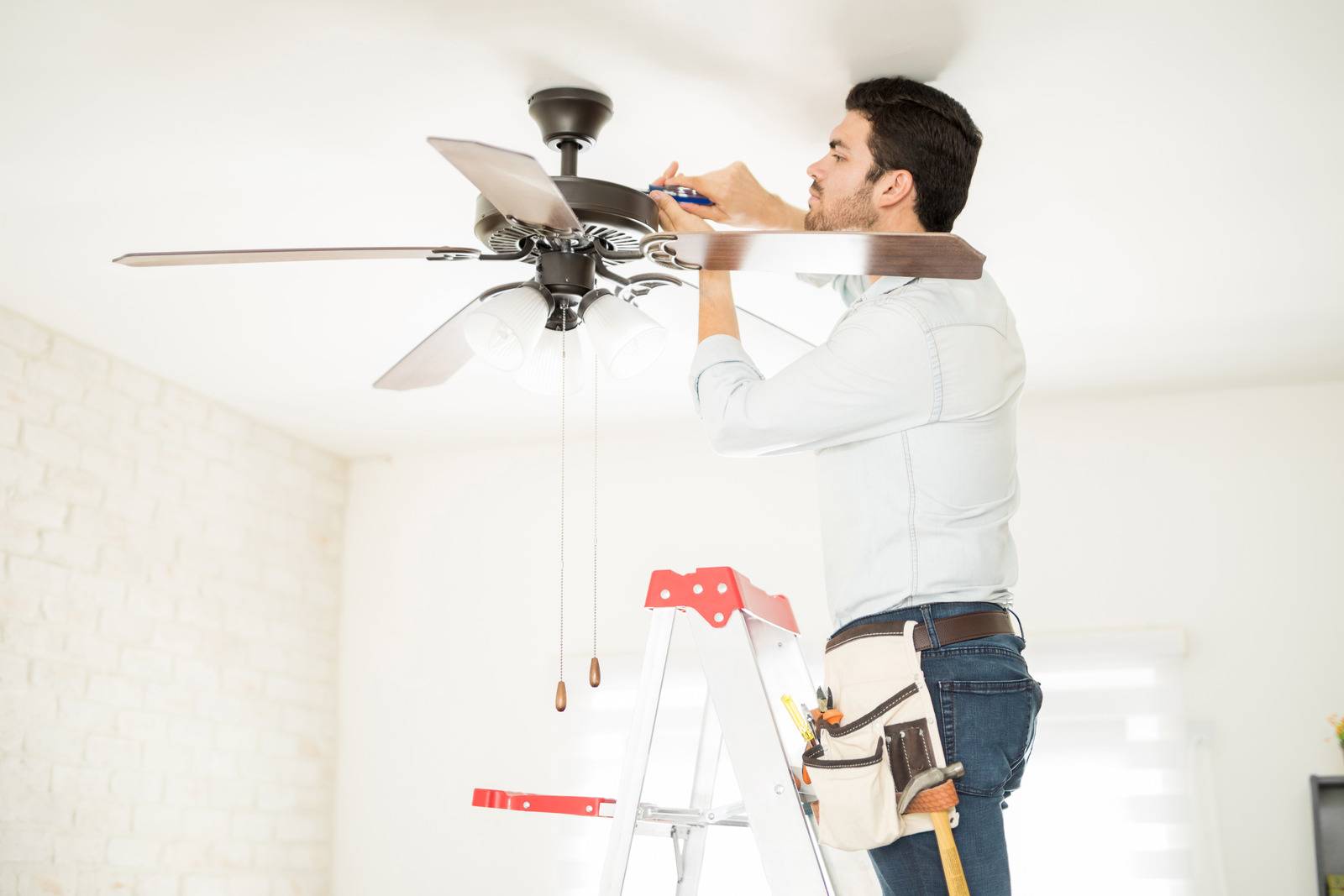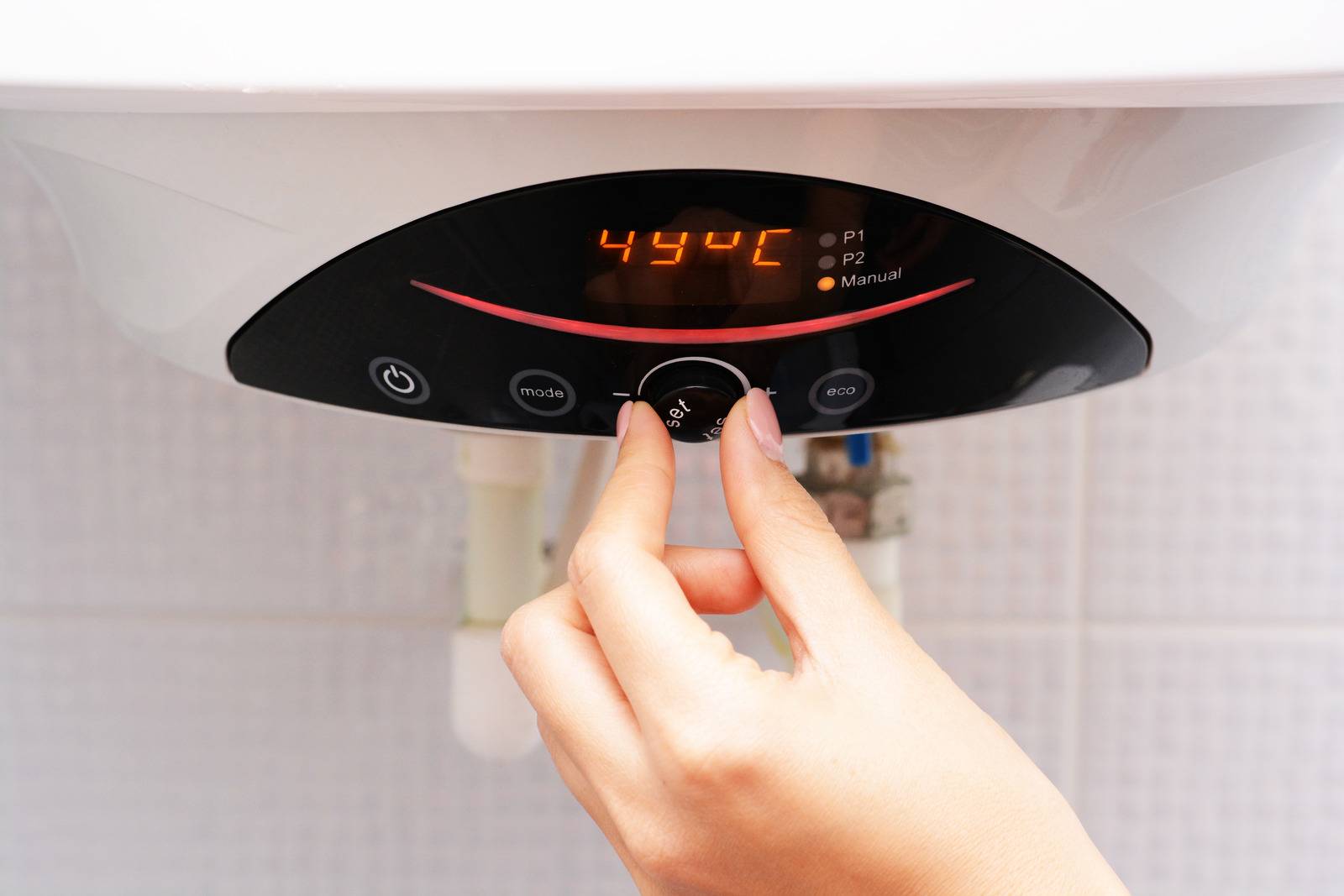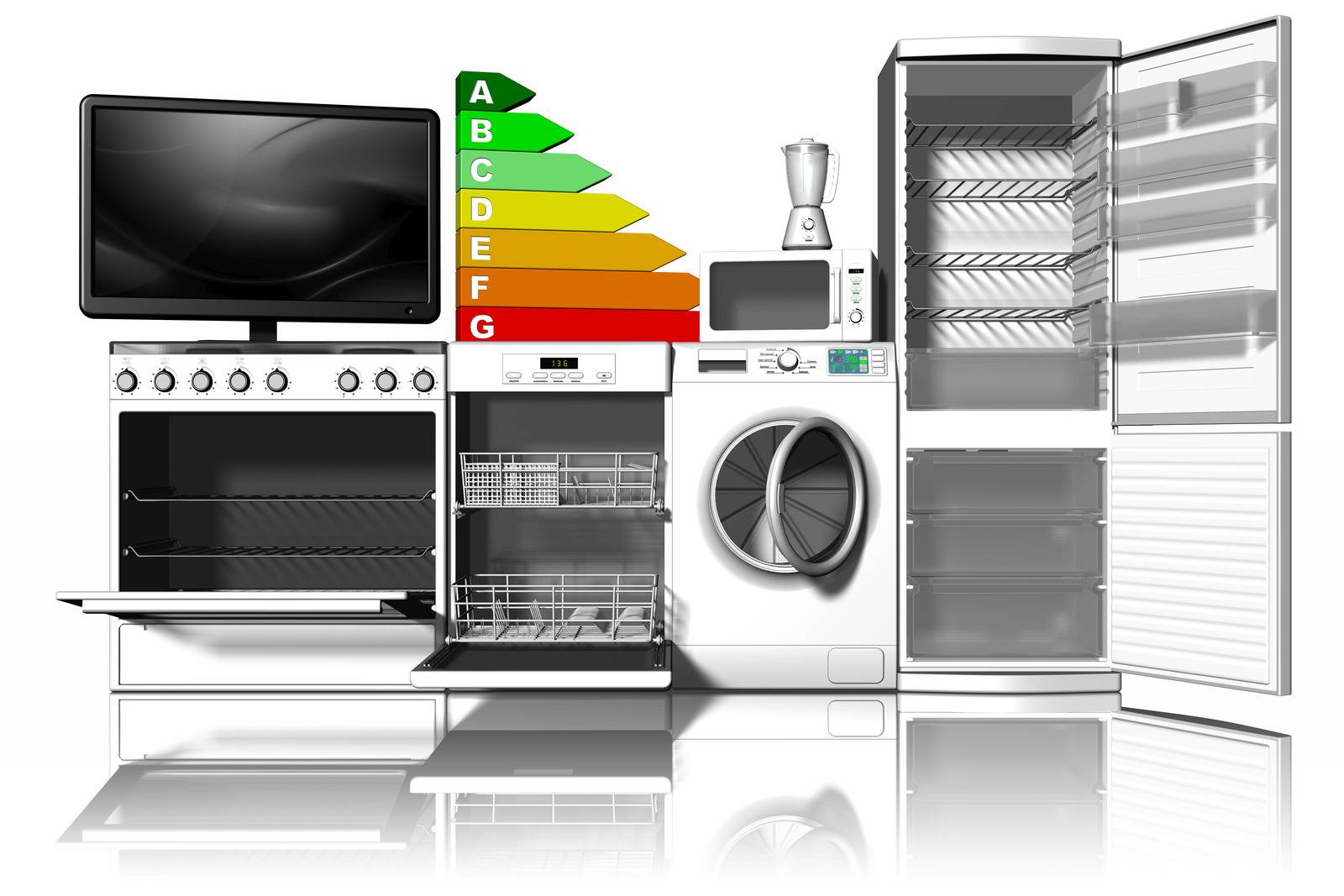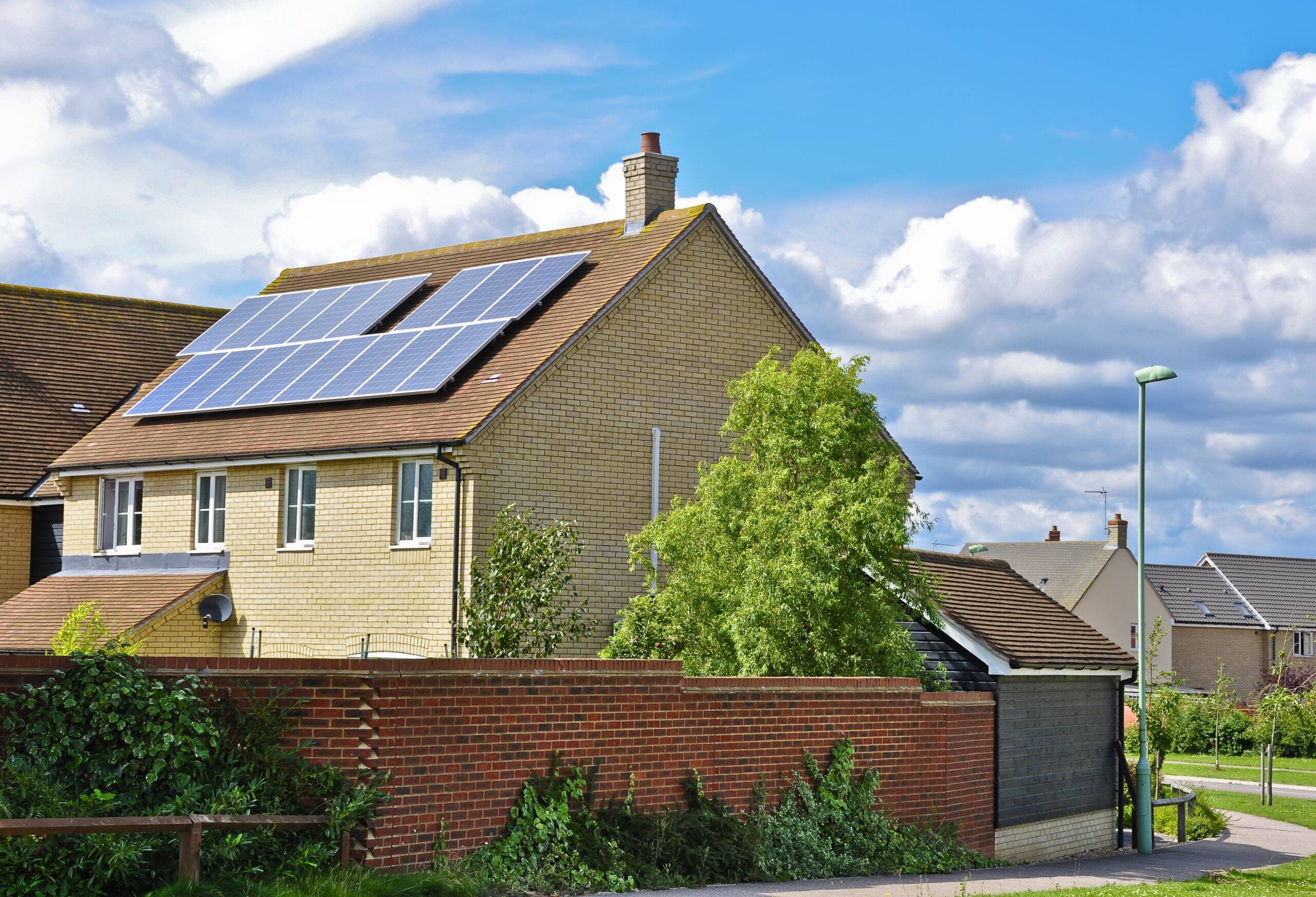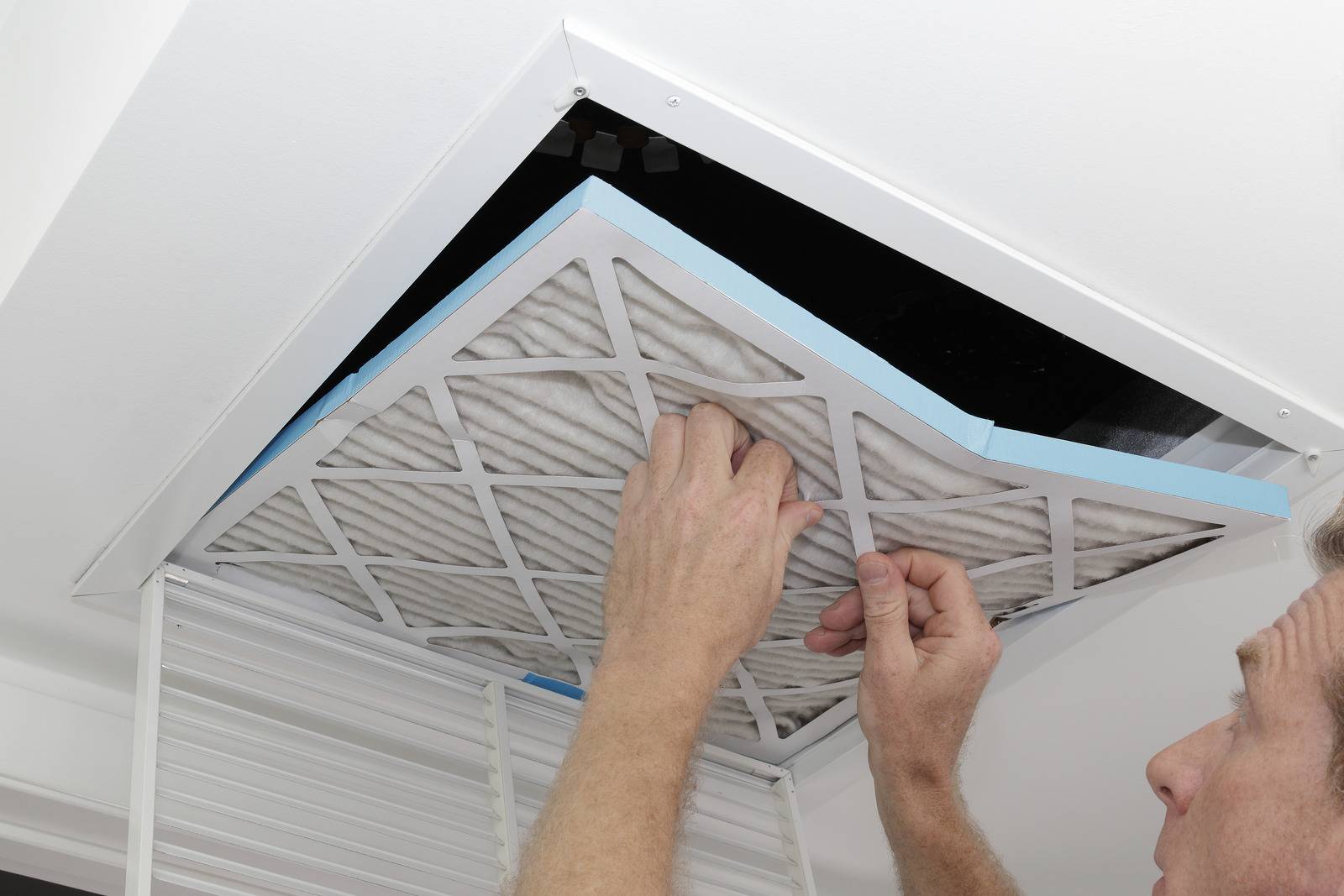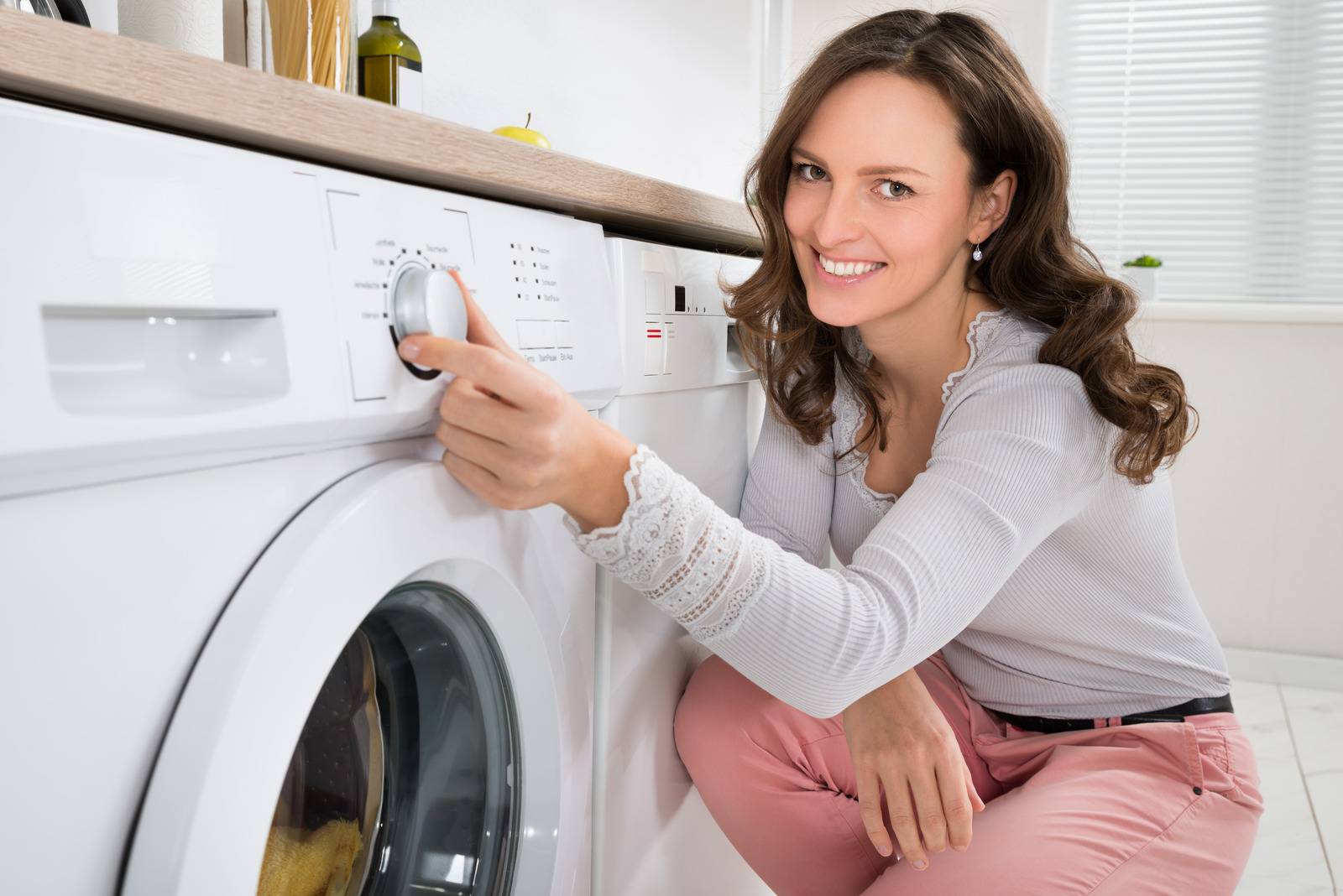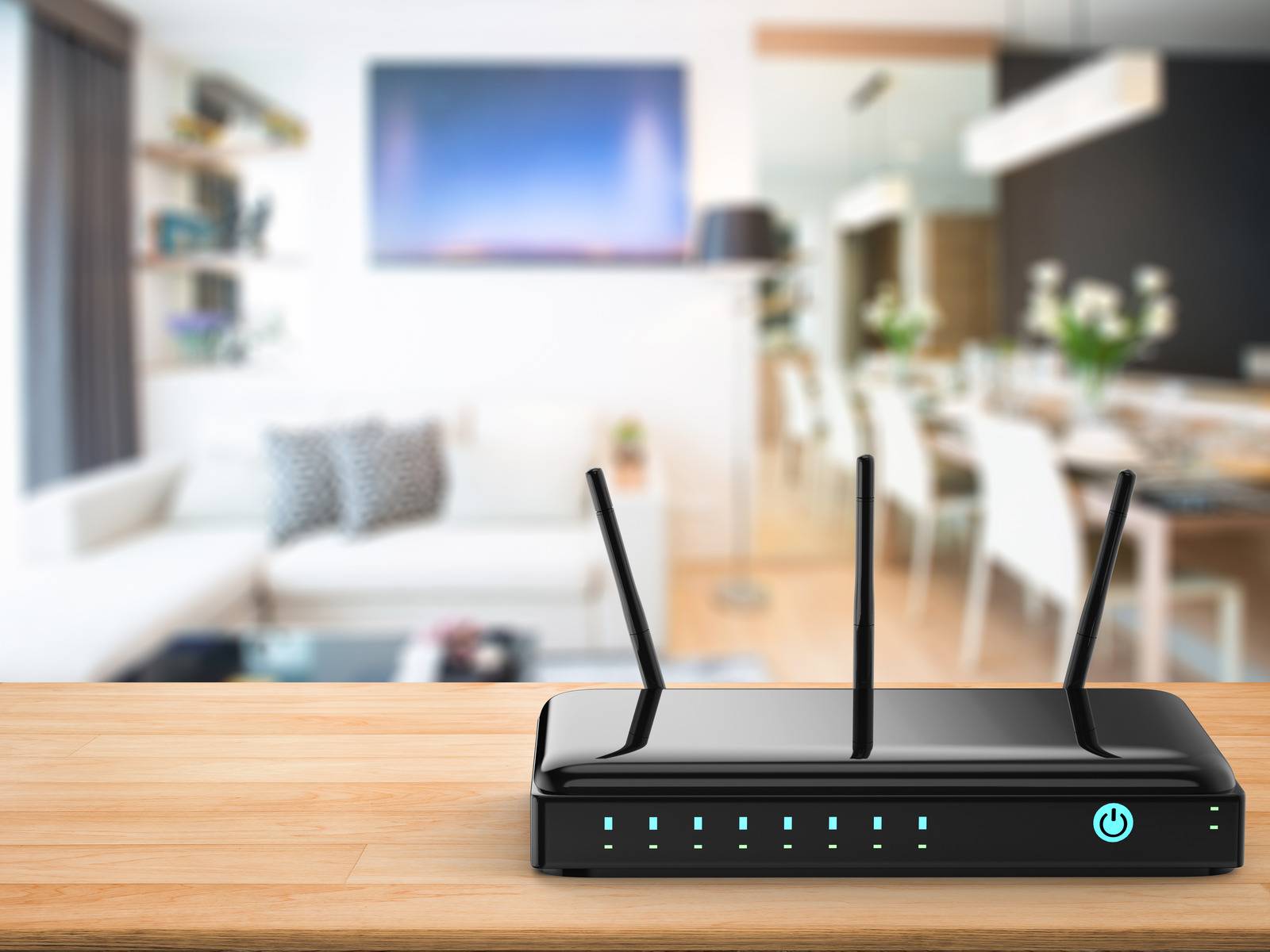Navigating the Constellation: A Deep Look at Starlink Internet Plans
Internet users across the globe are asking, “Are Starlink internet plans merely a twinkle in Elon Musk’s eye, or the herald of a new broadband age?”
In the vast expanse of the digital frontier, where once the sky was filled with celestial bodies, now beholds a new constellation – Starlink.
Set against the backdrop of global internet connectivity, Starlink has swiftly risen to be a pioneering figure in satellite-based internet services.
Breaking Orbits: Understanding Starlink’s Approach
The traditional internet service provider (ISP) have long relied on terrestrial infrastructures – fibre optic cables predominantly – to connect users.
Starlink satellite internet, on the other hand, harnesses an orbiting array of thousands of satellites, creating a network that spans the entirety of the Earth’s surface.
This unique approach addresses a glaring limitation of other satellite internet providers – availability.
Remote and rural areas, where laying cables is impractical or cost-prohibitive, can now look to the heavens for high-speed internet.
The Starlink Satellite internet Constellation – A Technical Marvel
At its heart, the Starlink satellite internet network exemplifies what’s possible when innovation converges with accessibility.
With the deployment of regularly launched satellite batches, Starlink internet aims to reduce latency and increase coverage.
This tiered approach of Low-Earth Orbit (LEO) satellites not only offers broader internet availability but also promises speeds commensurate with, or in some cases, surpassing, those of traditional ISPs.
Unpacking the Cost-Benefit of Connecting with Starlink Internet

The allure of Starlink’s meteoric rise isn’t solely in its grand ambitions but also in its cost-effectiveness – a dimension that often separates the stars from the stratosphere.
Understanding the balance of price and performance is pivotal for consumers evaluating the viability of Starlink as an internet service provider.
Cost Comparison – Starlink internet vs. Other Satellite Internet Providers
The cost of space-based internet has historically been the cause of consternation for budget-conscious consumers.
However, as Starlink’s deployment progresses, and competition with traditional ISPs is increasingly in focus, there’s a substantial argument for its comparative affordability.
While the initial Starlink equipment cost, known as the ‘Starlink Kit,’ may seem steep, the monthly subscription prices are becoming increasingly competitive, especially in underserved markets.
Starlink’s global coverage is a boon for users seeking consistency in pricing and service.
Starlink App – The Meteoric Rise of the Starlink Service Experience
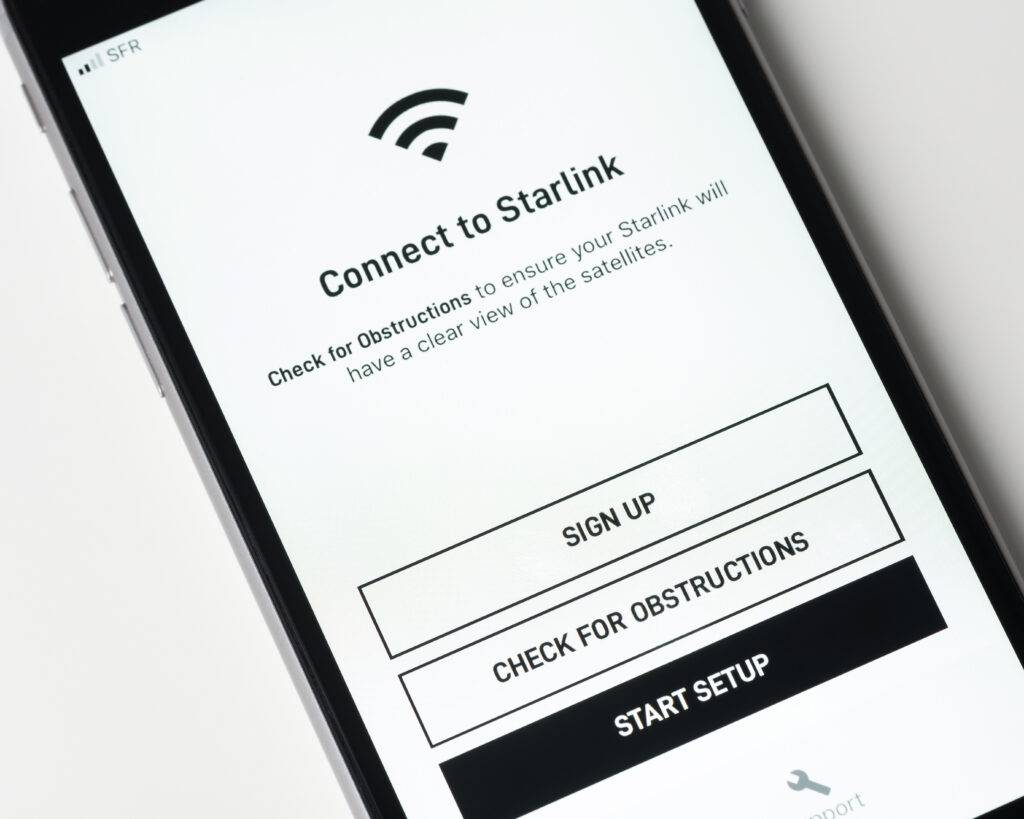
The Starlink app is an essential part of the Starlink experience.
It represents a recent trend in consumer-focused services, where providers look to streamline installation, troubleshooting and customer support via intuitive platforms.
The Starlink app simplifies setup by guiding users through pointing their satellite dish towards unobstructed access to the sky.
Beyond initial setup, the app also offers real-time status updates on network performance and an easy way to contact customer support in case of any issues.
The app allows users to track their data usage and manage their account settings easily.
You can even track starlink satelittes in real time using the Starlink app, allowing you to see just how this constellation is revolutionizing internet connectivity.
Unlimited Data with Starlink Internet – A Welcome Change from Traditional ISPs
Data caps have long been a thorn in the side of consumers, restricting their internet usage and often leading to additional fees for exceeding limits.
The Starlink satellite internet service does away with data caps, offering users unlimited data at competitive prices.
Download Speeds and Internet Speeds on Starlink – Faster Than the Speed of Light?
When it comes to internet speeds, Starlink is quickly proving that sky’s the limit.
With reported download speeds ranging from 50 Mbps to 150 Mbps in initial tests, Starlink has already surpassed many traditional ISPs’ average speeds.
And as the network continues to expand and improve, these speeds are expected to increase even further.
Starlink Plans – Connecting More Than Just the Dots
Starlink offers a variety of internet plans to cater to different needs and budgets.
These range from basic plans for everyday internet use, such as web browsing and video streaming, to premium plans for online gaming and high-bandwidth activities.
Starlink business plans are also available for commercial and industrial use, providing reliable and high-speed internet access to remote locations.
And with its global coverage, Starlink internet is connecting more than just remote areas; it’s bridging the digital divide and opening up new possibilities for industries, businesses, and individuals worldwide.
Performance Comparison – Latency and Throughput

In the interconnected world we reside in, speed is not just about how fast one can transfer data.
For individuals or businesses who need reliable internet for real-time interactions such as video calls, latency (the delay between sending and receiving data) is often the critical factor.
Satellite internet has historically had high latency, making it unsuitable for real-time activities.
However, with its LEO satellite approach, Starlink offers much lower latency compared to traditional satellite internet providers.
Reliability and Performance – Starlink’s Stellar Service Record
In the realm of internet connectivity, reliability is king.
Starlink boasts a commendable track record, with users in regions with inconsistent terrestrial internet reporting superior reliability thanks to the redundancy of its satellite network.
Furthermore, with continuous upgrades and a keen focus on performance, Starlink’s promise of gigabit speeds beckons a broadband renaissance, particularly for remote users.
Charting the Course – Choosing the Right Starlink Internet Plan
Selecting an internet plan, be it from the cosmos or Earth-bound, is a matter of matching individual needs and usage patterns to the available services.
With Starlink internet, as with any satellite internet service , several factors influence the optimal plan selection including:
- Data usage,
- The number of devices connected,
- And the types of online activities.
By evaluating these factors against Starlink’s plans and pricing structure, users can make an informed decision on which plan best suits their needs.
Data Usage – Striking the Right Balance
Determining the right amount of data is a pivotal decision when selecting a Starlink plan.
Overestimating data needs can lead to unnecessary expenses, while underestimating might result in throttled speeds or additional charges. Understanding typical data consumption, factoring in activities such as streaming, gaming, and remote work, is crucial in making an informed decision.
Speed Tiers – Bridging the Digital Divide
The multi-tiered Starlink service offerings cater to a variety of user requirements.
For the casual browser, a basic plan might suffice; however, those with streaming 4K content or engaging in heavy-duty data transfer tasks will benefit from higher speeds.
Exploring and understanding Starlink’s speed tiers in the context of one’s usage patterns is key to unlocking the most value from the service.
The Future Looks Bright as Starlink Continues to Ascend

The deployment and maturation of Starlink’s satellite internet network have already begun to reshape global internet dynamics.
Not only rural residents and the underserved are intrigued by Starlink internet; urban dwellers are also captivated by its offerings.
The service is setting new standards for speed and reliable connection, appealing to a wide range of users.
Innovation on the Horizon – Anticipating Upcoming Starlink Developments
With Elon Musk’s tagline of ‘Better Than Nothing,’ and the service already acclaimed in remote corners, the expectations are set high.
Encapsulating the collective aspirations and technological advances, Starlink plans include:
- Advancements in artificial intelligence to better manage satellites,
- As well as the potential for mobile services to keep pace with the modern nomad.
The Cost of Connectivity – How Starlink Is Addressing Affordability
The economics of internet service should not be a far-off possibility, and Starlink seems to understand this well.
By persistently working to reduce costs through enhanced technology and economies of scale, the service is set to not only excel in speed and reliability but also in affordability.
The Starlink kit , which includes a satellite starlink dish and starlink router, is priced at £499, with monthly subscription costs ranging from £99 to £129.

While this may seem steep compared to traditional ISP setups, for those in underserved areas or remote locations, the cost can be justified by the improved connectivity and opportunities it brings.
Conclusion – Starlink’s Internet Plans Point Towards the Horizon
Starlink’s venture as a satellite internet provider carries monumental implications, both figuratively and literally.
With its ambitious plans and constant pursuit of innovation, Starlink satellite internet is poised to revolutionize internet connectivity globally.
From remote locations to bustling cities, Starlink’s high speed internet service promises to bridge the digital divide and connect the world in ways previously unimaginable.
So whether you’re a casual browser or a heavy user, looking for reliable internet access at home or work, Starlink internet offers a range of plans to suit your needs.




